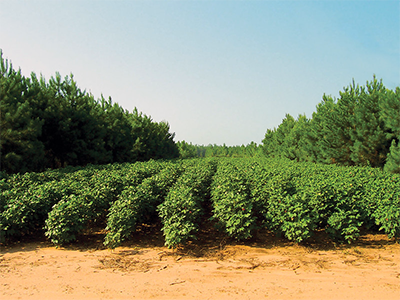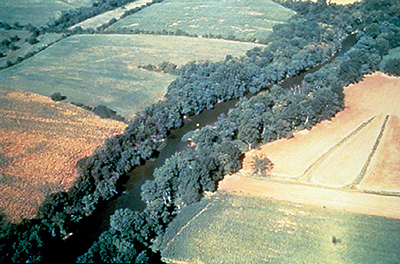EMEF seeks to catalyze the adoption of agroforestry in the United States to help mitigate or reverse climate change.
Agroforestry offers significant potential to mitigate greenhouse gas emissions, enhance resilience, and deliver a host of other economic, social, and environmental benefits to landowners, producers, and communities. It has been practiced less widely in the U.S. than in other countries over the last century, but this could now be changing.
EMEF seeks to identify and support bold, multi-year, multi-partner strategies to catalyze greater adoption of agroforestry in the U.S., including supporting a wide range of organizations, approaches, and strategies, and to encourage aspirational thinking and new forms of collaboration.
Agroforestry is the intentional integration of trees and shrubs into crop and animal farming systems to create environmental, economic, and social benefits. Learn more on the USDA site here: https://www.usda.gov/topics/forestry/agroforestry
EMEF considers agroforestry as comprised of five primary practices:
- Alley cropping
- Forest farming
- Silvopasture
- Riparian forest buffers
- Windbreaks


